Cordless lawn mowers have revolutionized the way we maintain our lawns, bringing convenience and efficiency to homeowners worldwide. One of the most crucial components of these devices is the cordless lawn mower battery. Understanding the average runtime of these batteries and the factors that influence their performance is essential for making an informed purchase.
Types and Influencing Factors
Types of Batteries Used
Cordless lawn mowers typically utilize lithium-ion (Li-ion) batteries due to their high energy density, longer lifespan, and eco-friendliness compared to older battery types like nickel-cadmium (Ni-Cd) and lead-acid. Li-ion batteries are preferred because they hold a charge longer, provide consistent power output, and are less prone to "memory effect," which can degrade performance over time. These batteries range in capacity and voltage, affecting the mower's runtime and overall efficiency.
Key Factors Affecting Battery Performance
Several factors can affect the performance and longevity of a cordless lawn mower battery. These include:
- Battery Capacity: Measured in ampere-hours (Ah), battery capacity determines how long a battery can power your lawn mower before needing a recharge. Higher Ah batteries generally offer longer runtimes.
- Output Voltage: Higher voltage batteries can deliver more power, which can be beneficial when mowing thick or wet grass. However, higher power output can sometimes reduce total runtime.
- Environmental Conditions: Extreme temperatures, whether hot or cold, can impact battery efficiency. Operating the mower in optimal weather conditions can help maintain battery performance.
- Mower Usage: Frequent starts and stops, as well as pushing the mower through thick or dense grass, can drain the battery faster. Consistent and efficient mowing practices can help extend battery life.
Average Runtime Explained
Typical Runtime Based on Battery Capacity
The average runtime of a cordless lawn mower battery largely depends on its capacity. Below, we explore the typical runtimes for various battery capacities.
2.0 Ah Batteries
For cordless lawn mowers equipped with a 2.0 Ah battery, you can expect an average runtime of 20 to 30 minutes. These batteries are generally suitable for small lawns or quick touch-ups. While they offer less power and runtime, they are often more affordable and lighter, making them easier to handle for brief mowing tasks.
4.0 Ah Batteries
A 4.0 Ah battery provides an average runtime of 40 to 60 minutes. This capacity is more suitable for medium-sized lawns, offering a good balance between power and longevity. Homeowners with moderately sized lawns will find this capacity sufficient for completing their mowing tasks without needing a recharge. The moderate weight also ensures less strain during operation.
6.0 Ah Batteries and Above
Lawn mowers with 6.0 Ah batteries or higher can deliver an impressive runtime of 60 to 90 minutes or more. These high-capacity batteries are ideal for larger properties or professional use. The increased capacity allows for extended mowing sessions, which can be particularly useful when dealing with more extensive or demanding lawns. However, these batteries are often heavier and more costly, making them a more significant investment for users who require extended performance.
In conclusion, understanding the different types and capacities of cordless lawn mower batteries can help you make an informed decision about which model is right for your needs. Higher capacity batteries offer longer runtimes but may come with higher costs and weight. Balancing these factors will ensure optimal performance and convenience for maintaining your lawn.
Impact of Lawn Size on Runtime
The size of your lawn plays a significant role in determining the runtime of a cordless lawn mower battery. Larger lawns naturally require more time to mow, which can quickly deplete a battery's charge. For small lawns, a lower capacity battery might suffice, providing enough runtime to complete the task in one session. However, for medium to large-sized lawns, a higher capacity battery is recommended to avoid interruptions and the inconvenience of recharging mid-job.
Professional landscapers and homeowners with expansive properties often invest in additional batteries to swap out as needed, ensuring continuous operation. Moreover, considering the layout and complexity of your lawn, such as the presence of obstacles or varying terrain, can further influence the time and battery power required for efficient mowing.
Effect of Grass Conditions
Grass conditions, such as length, thickness, and moisture content, significantly impact the runtime of a cordless lawn mower battery. Mowing tall or thick grass demands more power, causing the battery to drain faster. Similarly, damp or wet grass can create more resistance, requiring higher energy output from the mower. To optimize battery life, it's advisable to mow your lawn regularly, avoiding overgrown grass scenarios that stress the mower.
Furthermore, mowing under ideal conditions – when the grass is dry and at a moderate height – can help maintain the battery's efficiency. Sharp blades also contribute to smoother cutting and reduced power consumption, so keeping your mower well-maintained is crucial for maximizing runtime and ensuring consistent performance.
Maximizing Battery Efficiency
Proper Charging Techniques
Ensuring that your cordless lawn mower battery undergoes proper charging is key to extending its lifespan and maximizing efficiency. It's important to adhere to the manufacturer's recommended charging times, typically stated in the user manual. Overcharging can cause the battery to overheat, potentially leading to decreased performance and a shorter lifespan.
Recommended Charging Time
Manufacturers usually specify an optimal charging time, which prevents battery damage and ensures peak performance. For example, a standard 4.0 Ah battery might require around 60 to 90 minutes to fully charge. Adhering to these guidelines can help maintain the battery's health and effectiveness over time.
Avoiding Overcharging
Overcharging can be detrimental to a lithium-ion battery, leading to reduced capacity and shorter overall life. Many modern chargers include built-in features to prevent overcharging, but it's still wise to monitor charging sessions, especially when using older chargers. Unplugging the charger once the battery reaches full capacity will help preserve its longevity and performance.
Seasonal Maintenance Tips
Proper seasonal maintenance can also greatly improve a cordless lawn mower battery's efficiency. During colder months, storing the battery in a cool, dry place can prevent it from losing charge or getting damaged. Regularly cleaning the battery terminals and ensuring a secure connection can also enhance its performance. Periodic inspection and any necessary maintenance allow the battery to operate at optimal efficiency during the mowing season.
Differences Between Brands and Models
Popular Brands and Their Battery Runtimes
Diverse brands offer a wide array of cordless lawn mowers, each touting unique battery runtimes and efficiencies. One standout brand in this domain is PowerSmart. Known for its innovative designs and reliable performance, PowerSmart offers lawn mowers equipped with high-capacity lithium-ion batteries.
PowerSmart cordless lawn mowers typically feature batteries ranging from 4.0 Ah to 6.0 Ah, catering to various lawn sizes and user needs. Their batteries are praised for consistent performance and relatively quick charging times, making them a popular choice among homeowners. Moreover, PowerSmart continuously invests in research and development to enhance battery technology, ensuring that their products remain competitive and efficient.
Innovations in Battery Technology
Battery technology has seen significant advancements, directly impacting the long-term efficiency and runtime of cordless lawn mowers. Innovations such as rapid charging, smart battery management systems, and higher energy density batteries have greatly improved the user experience. For instance, some modern batteries include features like thermal management to prevent overheating and extend lifespan.
Additionally, developments in eco-friendly battery technology focus on minimizing environmental impact while delivering superior performance. These innovations ensure that cordless lawn mowers are not only more efficient but also sustainable, helping to reduce the overall carbon footprint associated with lawn maintenance.
Summary and Recommendations
Understanding the factors that influence the runtime and performance of a cordless lawn mower battery is crucial for making an informed purchase. From battery capacity and lawn size to grass conditions and charging practices, each element plays a pivotal role in determining battery efficiency. Brands like PowerSmart have made significant strides in battery technology, offering reliable and long-lasting options for various lawn care needs.
For homeowners seeking to maximize their cordless lawn mower's performance, it's essential to choose the right battery capacity based on lawn size and mowing frequency. Additionally, proper charging techniques and regular maintenance can extend battery life and improve operational efficiency. By considering these factors, users can enjoy a seamless and eco-friendly lawn mowing experience.

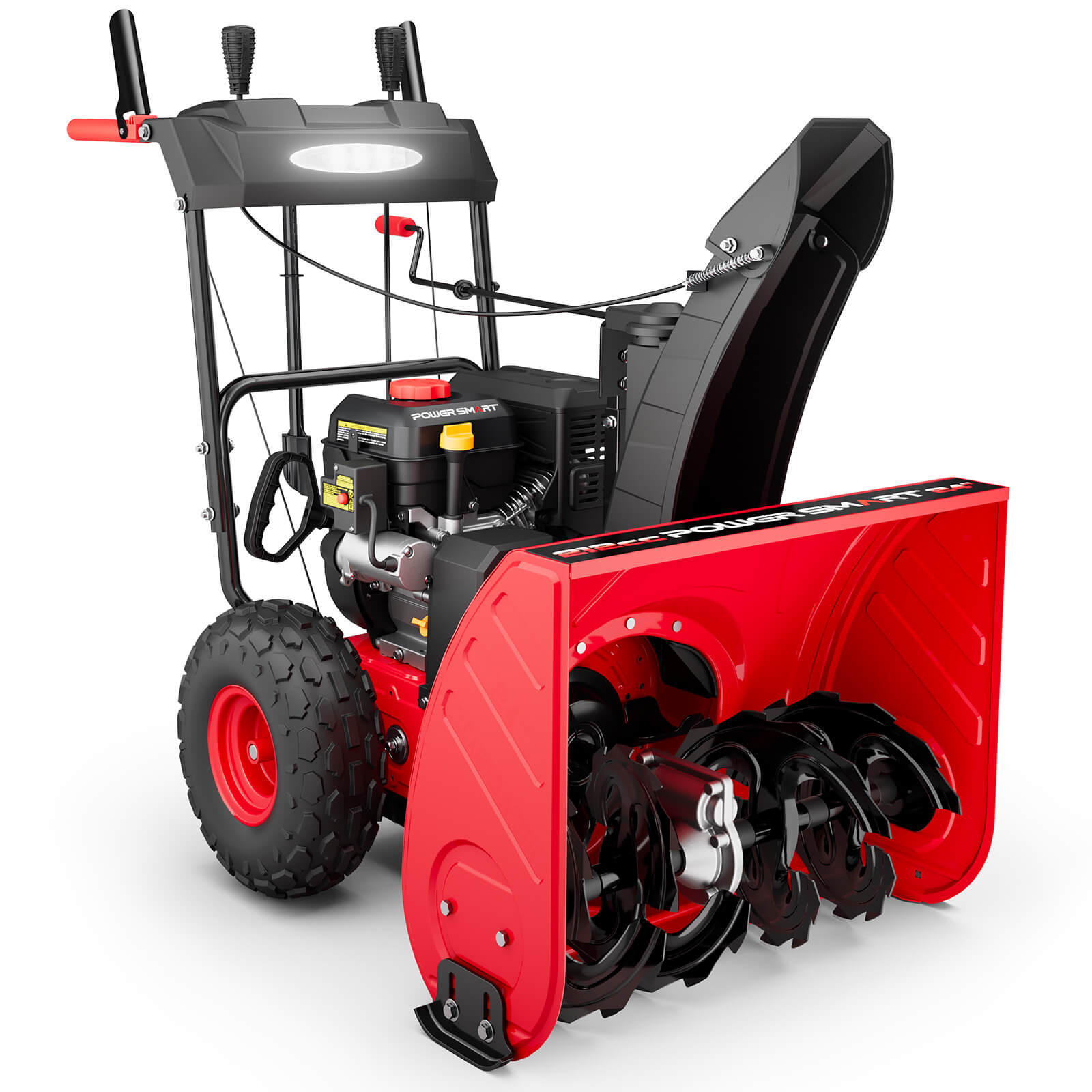
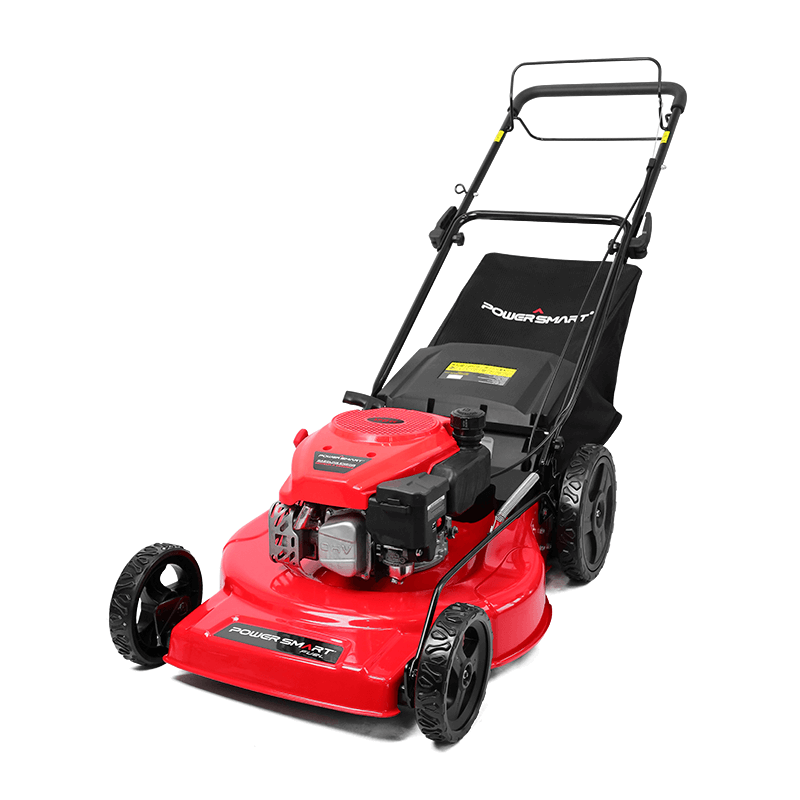
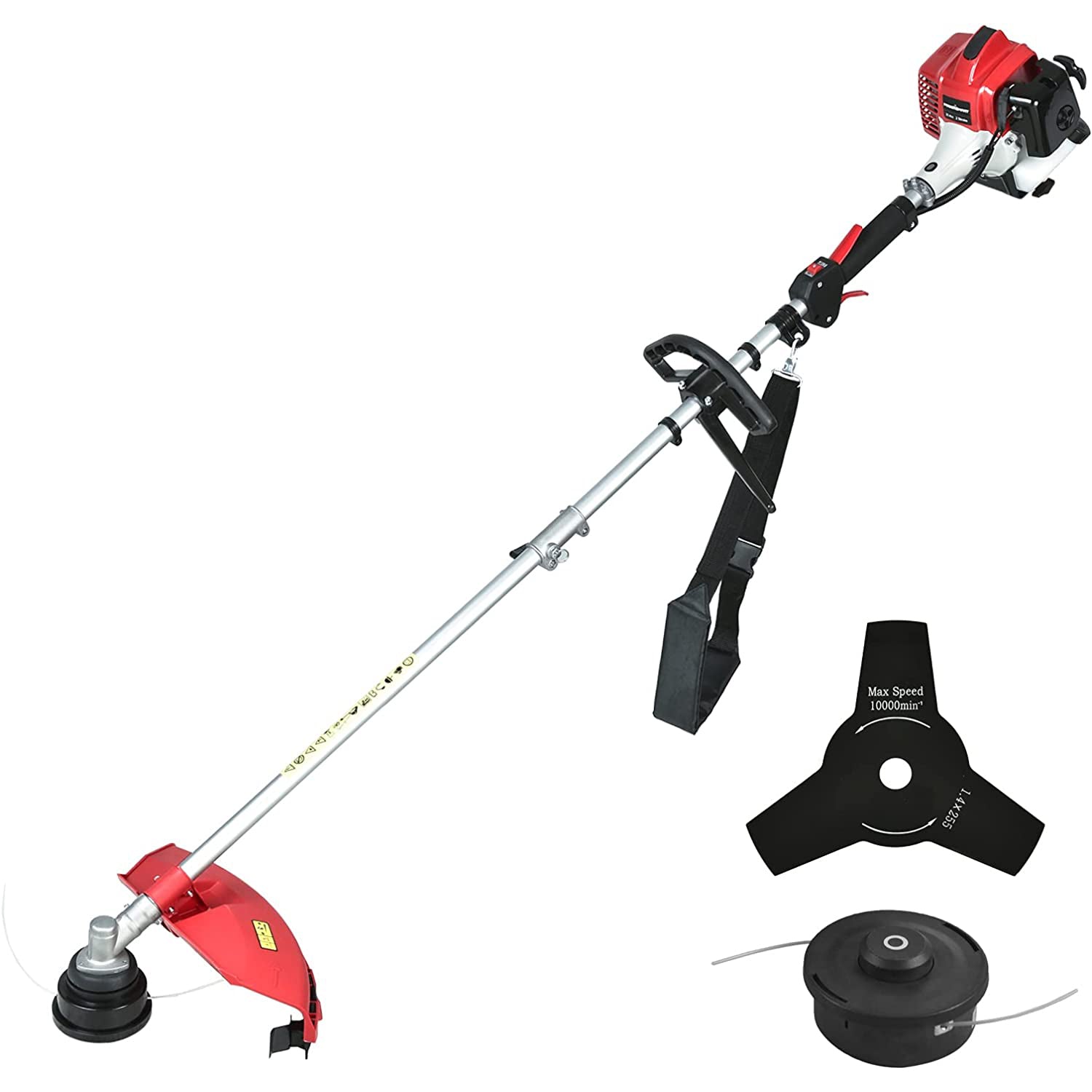
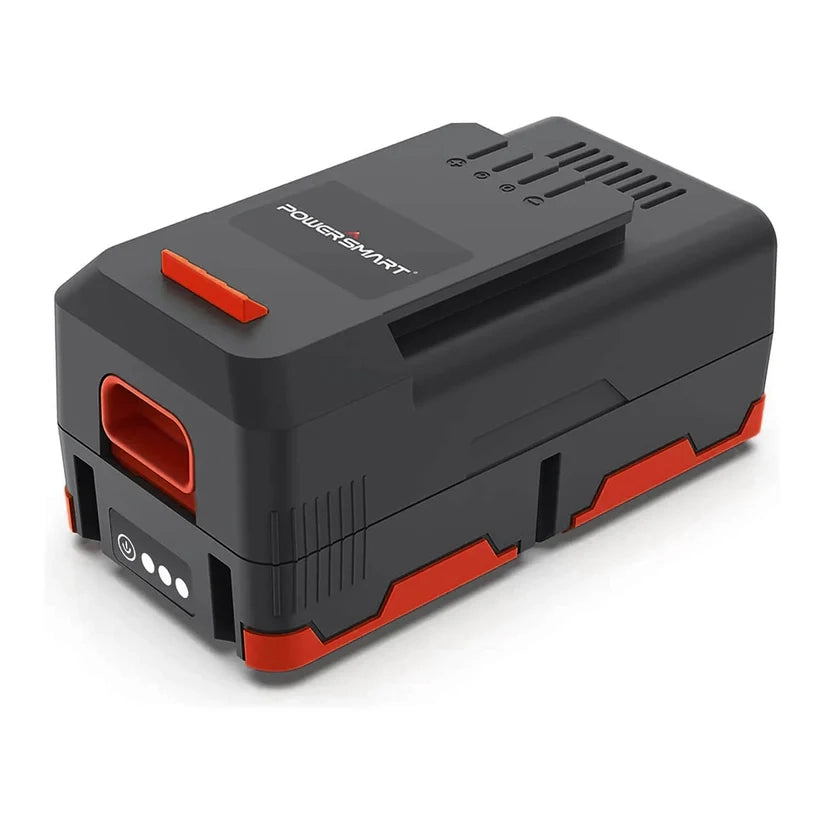

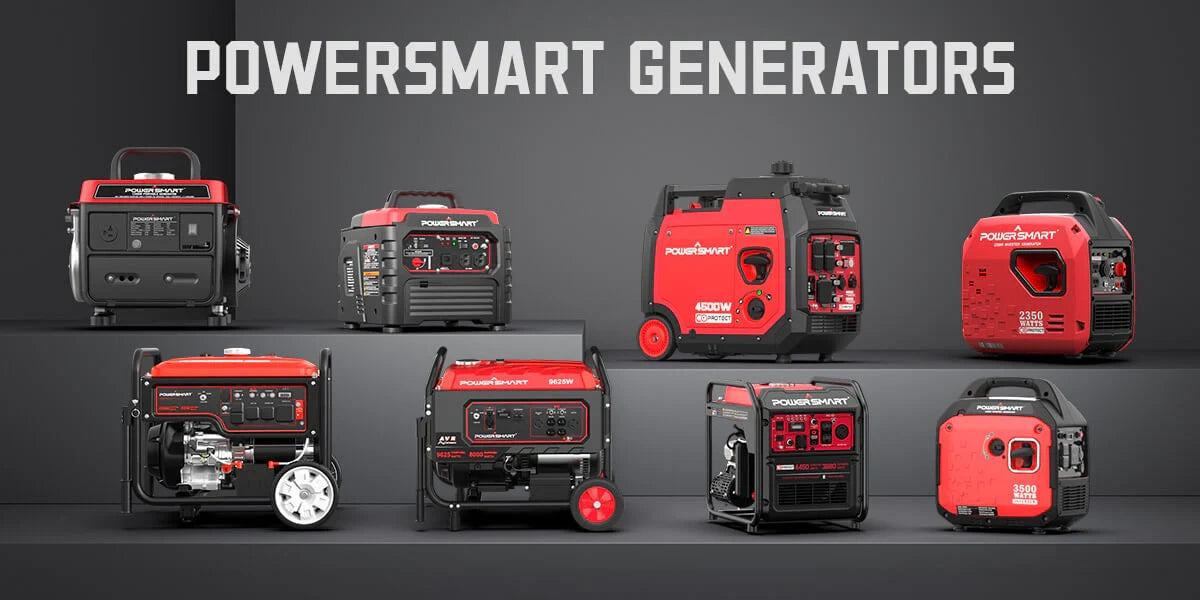
Leave a comment
All comments are moderated before being published.
This site is protected by hCaptcha and the hCaptcha Privacy Policy and Terms of Service apply.